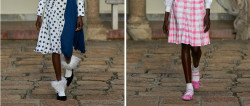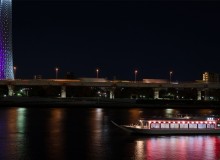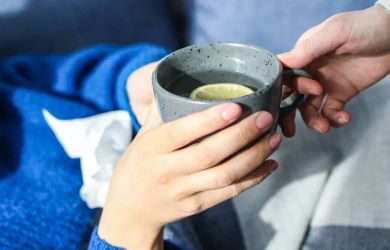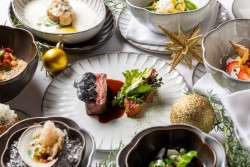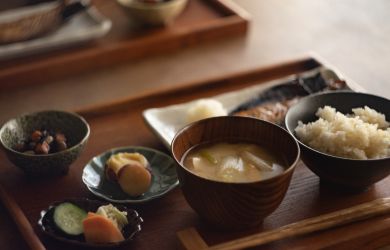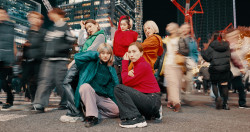
Originally published on metropolis.co.jp on February 2011

Photos by Stephen Mansfield
Inle Lake and its surrounding mountains comprise one of the most beautiful natural regions of Burma. Although the lake is only 32km long and a mere 5km at its widest, its interlocking canals and inlets create a dense, complex water web.
The surrounding land once belonged to the powerful Shan people, and is today home to the Intha, or “Sons of the Lake,” a minority of Mon extraction. I set out from the village of Ywama on a narrow wooden boat in the company of two members of the Padaung, or “Long-Necked” tribe, who had come from the eastern jungle region to live and work on the lakeshore. “They are afraid of falling into the water,” the boatman said. “They can’t swim. They think they will drown in the weeds because of the heavy rings they are wearing around their necks.”
 Boats with outboard motors will get you along the channels at the perimeter of the lake, but the density of plants means it’s often necessary to paddle. This makes for slow, but immensely pleasurable progress, as everything grinds down to the speed of the lake.
Boats with outboard motors will get you along the channels at the perimeter of the lake, but the density of plants means it’s often necessary to paddle. This makes for slow, but immensely pleasurable progress, as everything grinds down to the speed of the lake.
In winter and early spring, Inle Lake is full of water plants, including purple water lilies and hyacinths. However, one of its most idiosyncratic features, and the one for which it is best known, is its one-legged fishermen. The lake fisher folk have evolved a unique method of leg-rowing that’s suited to local conditions. Propelling their craft from the bow over the lake’s clear, shallow waters, they can easily watch for patches of tangled weed and telltale bubbles that indicate shoals of fish. Once spotted, the fishermen push curious, cone-shaped traps into the water to catch the fish.
The Intha, like the people of Lake Dal in Kashmir, are also famous for cultivating floating gardens. Strips of dense weed, collected from the lake floor, are layered into a tangled, earth-compacted mass. The bundles are divided into strips, and topsoil is added to the weed and grass sections, floated out onto the lake and pegged to the lakebed with bamboo staves.
Teak houses indicate a residence of some prosperity. A number of two-story versions sit on stilts in Ywama, the lake’s largest and most prosperous village. The floating market here is the fulcrum of Intha social life, and a chance for the occasional tourist who passes through to pick up hand-woven Shan shoulder bags, elegantly embroidered longyis, and finely hammered silverware.
Phaung Daw U Pagoda, one of the three most important shrines in Burma, is close by. The pagoda enshrines five Buddha images brought back to the country from the Malay Peninsula by a 12th-century king. So revered are these statues that generations of gold leaf offerings have turned them into inchoate forms resembling balls of gold.
The market is at its best around 8am, when the produce—delicious bananas, limes, eggplants and lotus flowers—is freshest. Green tea is a staple, and a key ingredient of lapet (pickled green tea salad), a snack and side dish as common to Burma as kimchi is to Korea or sate to Singapore. It’s what you will be offered if you’re lucky enough to receive an invitation into a Burmese home, as happened to me after I’d rented another boat and pilot for the afternoon on the lake.
 Getting close to people in a country run by a brutal military junta is not easy, but spontaneous encounters like this are encouraging. And your money, if spent on the arts, crafts, small private hotels, guesthouses, restaurants and various modes of transport that comprise the local economy, will be greatly appreciated and help to alleviate some of the penury to which the people have been reduced. I spoke to a schoolteacher in the town of Taunggyi, some kilometers north of the lake, and asked his view on whether tourists should visit Burma. A chilling answer came back: “The military are less likely to massacre people when there are foreigners around.” It was a persuasive argument that also made me feel more comfortable about being there.
Getting close to people in a country run by a brutal military junta is not easy, but spontaneous encounters like this are encouraging. And your money, if spent on the arts, crafts, small private hotels, guesthouses, restaurants and various modes of transport that comprise the local economy, will be greatly appreciated and help to alleviate some of the penury to which the people have been reduced. I spoke to a schoolteacher in the town of Taunggyi, some kilometers north of the lake, and asked his view on whether tourists should visit Burma. A chilling answer came back: “The military are less likely to massacre people when there are foreigners around.” It was a persuasive argument that also made me feel more comfortable about being there.
Despite the poverty and oppression of military rule, the country is full of life, as anyone who has been there will testify. To the visitor, this is a miracle greater than any of the wonders of Burma.
Trip Tips
 Burma’s aging fleet of planes fly to Heho airport, from which buses and jeep-taxis cover the 35km to Yaunghwe, the largest town on the lake. On the return leg, I took the six- or seven-hour bus ride to Thazi, followed by 14-20 hours on the train to Rangoon. Pindaya Inle Inn (+95-81-23709) has modest bamboo-lined rooms in a friendly complex. A more upmarket option is the Inle Lake View Resort & Spa (www.inlelakeviewresort.com). Inle’s floating market is held every five days.
Burma’s aging fleet of planes fly to Heho airport, from which buses and jeep-taxis cover the 35km to Yaunghwe, the largest town on the lake. On the return leg, I took the six- or seven-hour bus ride to Thazi, followed by 14-20 hours on the train to Rangoon. Pindaya Inle Inn (+95-81-23709) has modest bamboo-lined rooms in a friendly complex. A more upmarket option is the Inle Lake View Resort & Spa (www.inlelakeviewresort.com). Inle’s floating market is held every five days.
